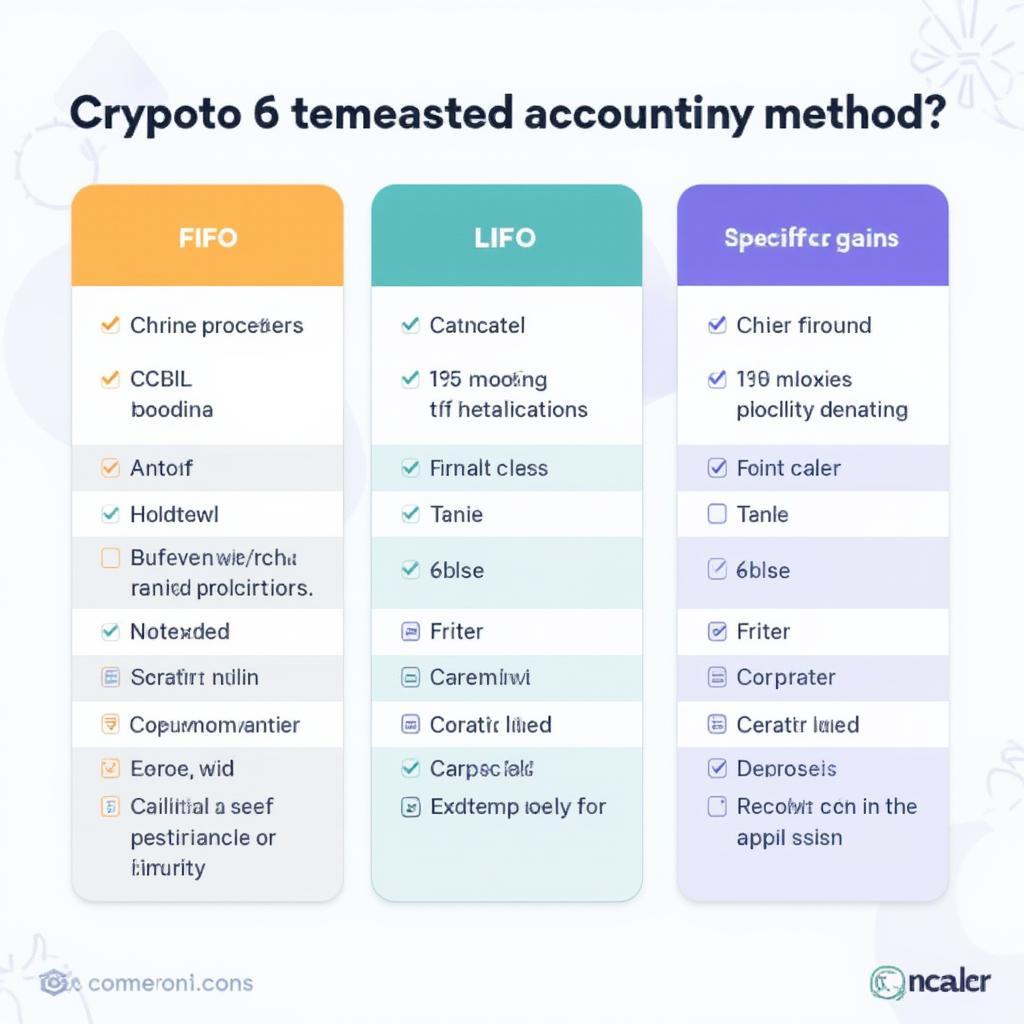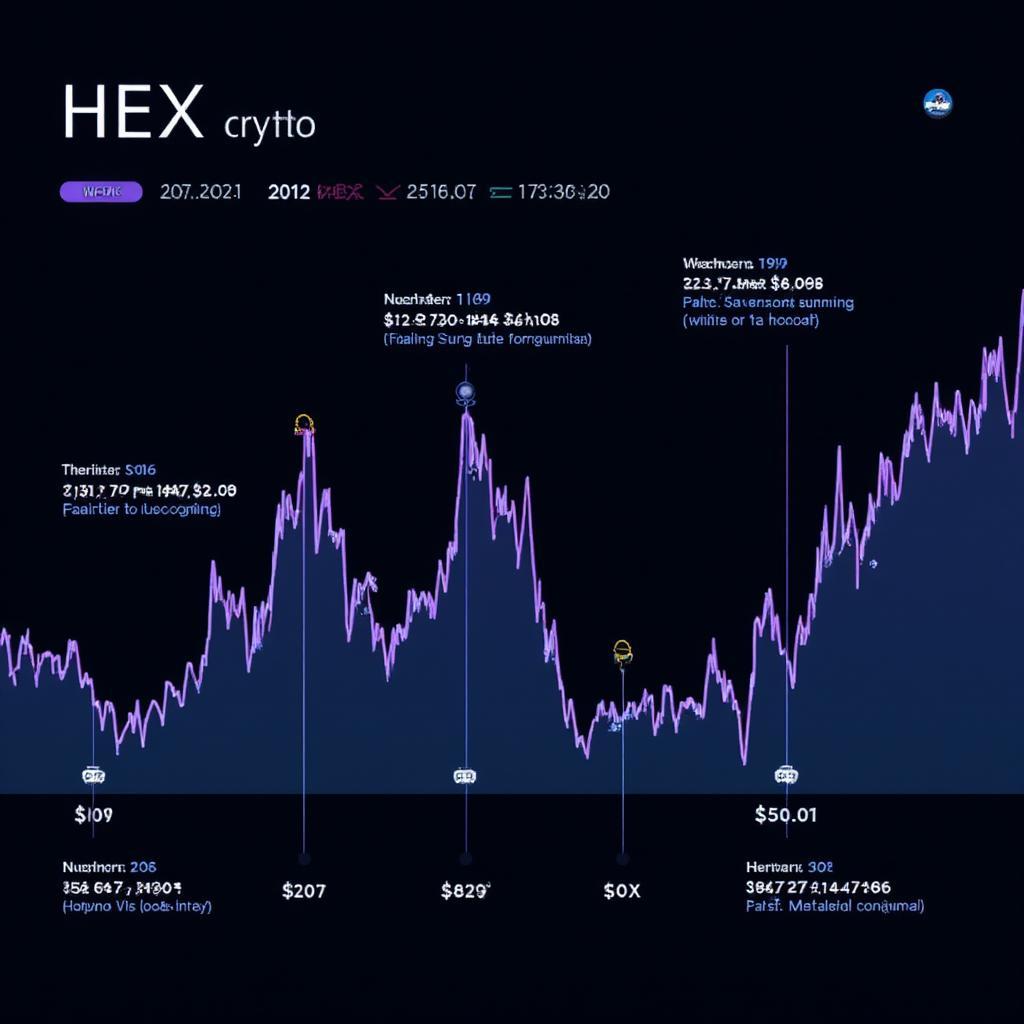The Quadriga Crypto Collapse: Unraveling the Mystery and Lessons Learned

The Quadriga CX saga remains a stark reminder of the risks involved in the world of cryptocurrency exchanges. This Canadian exchange, once a promising platform, spectacularly imploded in 2019, leaving thousands of users with significant losses and sparking widespread debate about the need for greater regulation. Let’s delve into the details, unraveling what happened and exploring the key lessons we can learn from this cautionary tale.
What Was Quadriga CX and How Did It Operate?
Quadriga CX was founded in 2013 and quickly rose to prominence as one of Canada’s largest cryptocurrency exchanges. It offered a relatively user-friendly platform for buying and selling various digital currencies like Bitcoin, Ethereum, and Litecoin. The exchange gained popularity due to its perceived ease of use and competitive trading fees, attracting both novice and experienced investors. However, behind the veneer of success, serious structural weaknesses and questionable practices were taking shape.
The Rise and Fall of Quadriga’s Reputation
The initial years saw Quadriga enjoying a positive reputation. They capitalized on the growing interest in cryptocurrency and established themselves as a trusted gateway for Canadians to enter the market. However, whispers of delayed withdrawals and customer service issues started to surface, slowly eroding that trust. This initial warning sign, often dismissed by the community, should have been a call for greater scrutiny.
The Sudden Death of Gerald Cotten and the Crypto Crisis
The turning point came with the untimely death of Gerald Cotten, Quadriga CX’s founder and CEO, in December 2018. What followed was a shocking revelation: Cotten was seemingly the only person who held the private keys to the exchange’s cold wallets, where a vast majority of the user’s crypto assets were stored. This resulted in an inaccessible fortune and triggered a legal and financial mess. The death of Cotten exposed a critical flaw in the exchange’s structure: the lack of any contingency plan.
The Unfolding of the Missing Millions
The implications of the lost keys were massive. Users faced difficulty accessing their funds, and the exchange declared bankruptcy. Investigations into Quadriga’s financial records revealed a tangled web of corporate entities and questionable accounting practices. It became evident that the exchange was not operating with the necessary financial controls and transparency. Many speculated that Cotten had been actively using the exchange as his personal piggy bank, adding to the growing suspicion of fraud.
“The Quadriga case underscores the urgent need for strong regulatory frameworks in the cryptocurrency industry. It’s clear that we cannot treat digital assets as if they exist outside the boundaries of financial regulation. Greater transparency and accountability are critical for the future of crypto,” – Dr. Eleanor Vance, Cryptocurrency Risk Analyst.
Why Did Quadriga Fail: Key Issues and Contributing Factors
Multiple factors contributed to the collapse of Quadriga CX, and the lack of a comprehensive operational structure was a major one. The concentration of power in a single individual, Cotten, was a significant design flaw. The exchange’s lack of a robust internal control system made it extremely vulnerable to mismanagement and potentially fraudulent behavior. Other factors include:
- Lack of Segregation of Funds: Users’ funds were not kept separate from the company’s operating funds, which allowed for potential misuse.
- Absence of Proper Audits: The lack of regular, independent audits meant that the company’s financial standing was largely unknown until it was too late.
- Poor Corporate Governance: The absence of a board of directors and clear lines of responsibility made it difficult to hold anyone accountable.
- Insufficient Security Measures: While the “cold wallet” setup might have seemed secure on the surface, the lack of a key backup system was a critical security flaw.
- The Unverified Death of Cotten: The circumstances surrounding Cotten’s death were under scrutiny, some even questioning its validity due to the lack of transparency.
The Impact on Users and the Crypto Market
The Quadriga collapse had devastating consequences for its users. Thousands lost their savings, retirement funds, and life savings that they entrusted with the exchange. The case also had a negative impact on the crypto market as a whole, eroding public trust in exchanges and highlighting the importance of due diligence before investing in cryptocurrency. It demonstrated that even in supposedly mature markets, there can be significant risks involved.

Lessons Learned: How to Protect Yourself in the Crypto World
The Quadriga CX case serves as an important lesson for all cryptocurrency users. To avoid similar situations, consider these protective measures:
- Diversify Your Holdings: Don’t keep all your eggs in one basket. Use multiple exchanges and wallets.
- Research Thoroughly: Always do your own research on exchanges before using them. Look for reviews, security measures, and transparency information.
- Prefer Decentralized Exchanges: Consider using decentralized exchanges (DEXs) that provide greater control over your funds.
- Use Hardware Wallets: Store the majority of your cryptocurrency in hardware wallets that you control.
- Be Wary of Promises That are “Too Good to Be True”: If an exchange promises very high returns, it might be risky.
- Stay Updated on Regulatory Developments: Keep an eye on regulatory developments in your jurisdiction and the crypto industry.
- Understand the Risks: Cryptocurrency investments are inherently risky. Only invest money you can afford to lose.
The Need for Greater Crypto Regulation
The Quadriga affair also underscores the urgent need for greater regulation in the cryptocurrency industry. Many jurisdictions are now working on implementing regulatory frameworks that will protect users and promote greater transparency. Such regulation may include requirements for:
- Licensing and Registration of Exchanges
- Mandatory Audits
- Segregation of Funds
- Robust Internal Controls
- Clear Compensation Schemes
“The regulatory landscape for crypto needs to evolve from a reactive to a proactive approach. We need clear guidelines, consistent enforcement, and international collaboration to prevent future crises like Quadriga. This will foster a safer and more sustainable environment for digital assets” – Isabelle Dubois, Cryptocurrency Compliance Expert.
The Lingering Questions and the Road Ahead
Despite the passage of time, many questions still surround the Quadriga case. The mystery of where the missing funds went remains largely unresolved. There are ongoing legal battles, and victims continue to seek answers and restitution. The story serves as a cautionary tale in the nascent world of cryptocurrency, underscoring the risks associated with unregulated markets. As the industry evolves, the lessons learned from Quadriga should not be forgotten. It serves as a stark reminder of the necessity for careful due diligence, regulatory oversight and robust security practices within the crypto ecosystem.
Conclusion
The collapse of Quadriga CX is a tragedy that highlighted the vulnerabilities of the unregulated cryptocurrency landscape. By understanding the failures of Quadriga, we can make informed decisions, protect ourselves from future risks, and demand more accountability and transparency from the cryptocurrency industry. The importance of exercising caution and due diligence when engaging with exchanges and crypto investments cannot be overstated. The future of cryptocurrency relies on its users and the industry learning from such costly mistakes.
Frequently Asked Questions (FAQs)
1. What exactly happened with Quadriga CX?
Quadriga CX was a Canadian cryptocurrency exchange that collapsed after the sudden death of its CEO, Gerald Cotten, who was the only one with access to the private keys to the exchange’s cold wallets. This resulted in the loss of millions in user funds.
2. How much money was lost in the Quadriga CX collapse?
It is estimated that around $190 million CAD was lost, impacting thousands of users who had entrusted their funds with the exchange.
3. Why was Gerald Cotten the only person with the private keys?
This was a fundamental flaw in the exchange’s operating structure. The centralization of power in a single individual, with no backup system, made the exchange highly vulnerable to failure.
4. What lessons can we learn from the Quadriga CX scandal?
The primary lesson is the importance of due diligence when selecting exchanges and of diversifying your crypto holdings. Also crucial are the use of hardware wallets and staying updated on regulatory developments.
5. Is there any chance that Quadriga CX users will get their money back?
There is ongoing legal action to recover the lost funds, but the process is complex, and recovery remains uncertain for many users.
6. Is the cryptocurrency market still risky after the Quadriga scandal?
Yes, cryptocurrency investments carry inherent risks. The Quadriga case demonstrated the necessity of cautious engagement with exchanges and robust security measures.
7. What is the role of regulators in preventing future Quadriga-like events?
Regulatory oversight is essential to set clear guidelines, implement mandatory audits, and enforce financial controls to protect users and promote greater transparency in the cryptocurrency market.
8. Can decentralized exchanges (DEXs) be a safer option?
DEXs can offer greater control over your funds and security as they don’t rely on a central authority; however, it is essential to understand how they function and their risks before using them.
9. What is the importance of a hardware wallet?
Hardware wallets store your private keys offline, making them much more secure than exchanges or software wallets. They provide greater control over your assets and minimize the risk of hacking.




